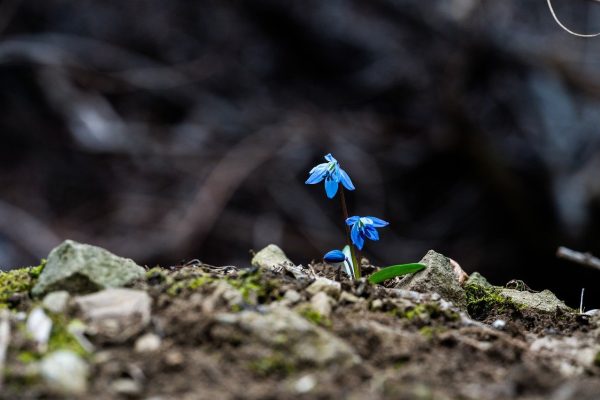In the early 1980s, while speaking at Oberlin College Hillel, Susannah Heschel was introduced to an early feminist haggadahLit. "Telling.” The haggadah is the book used at the seder table on Passover to tell the story of the Exodus, the central commandment of the holiday. It is rich in song, prayer, and legend. There are many different version of the Haggadah produced throughout Jewish history. that suggested adding a crust of bread on the sederLit. Order. The festive meal conducted on Passover night, in a specific order with specific rituals to symbolize aspects of the Exodus from Egypt. It is conducted following the haggadah, a book for this purpose. Additionally, there an ancient tradition to have a seder on Rosh Hashanah, which has been practiced in particular by Sephardi communities. This seder involves the blessing and eating of simanim, or symbolic foods. The mystics of Sefat also created a seder for Tu B'shvat, the new year of the trees. plate, as a sign of solidarity with Jewish lesbians (there’s as much room for a lesbian in Judaism as there is for a crust of bread on the seder plate). Heschel felt that to put bread on the seder plate would be to accept that Jewish lesbians and gay men violate Judaism like chametz violates PassoverPassover is a major Jewish holiday that commemorates the Jewish people's liberation from slavery and Exodus from Egypt. Its Hebrew name is Pesakh. Its name derives from the tenth plague, in which God "passed over" the homes of the Jewish firstborn, slaying only the Egyptian firstborn. Passover is celebrated for a week, and many diaspora Jews celebrate for eight days. The holiday begins at home at a seder meal and ritual the first (and sometimes second) night. Jews tell the story of the Exodus using a text called the haggadah, and eat specific food (matzah, maror, haroset, etc).. So, at her next seder, she chose an orange as a symbol of inclusion of gays and lesbians and others who are marginalized within the Jewish community. She offered the orange as a symbol of the fruitfulness for all Jews when lesbians and gay men are contributing and active members of Jewish life. In addition, each orange segment had a few seeds that had to be spit out—a gesture of spitting out, repudiating the homophobia of Judaism. While lecturing, Heschel often mentioned her custom as one of many feminist rituals that have been developed in the last twenty years. She writes, “Somehow, though, the typical patriarchal maneuver occurred: my idea of an orange and my intention of affirming lesbians and gay men were transformed. Now the story circulates that a MAN said to me that a woman belongs on the bimahThe stage or platform on which the person leading prayers stands. as an orange on the seder plate. A woman’s words are attributed to a man, and the affirmation of lesbians and gay men is erased. Isn’t that precisely what’s happened over the centuries to women’s ideas?”











